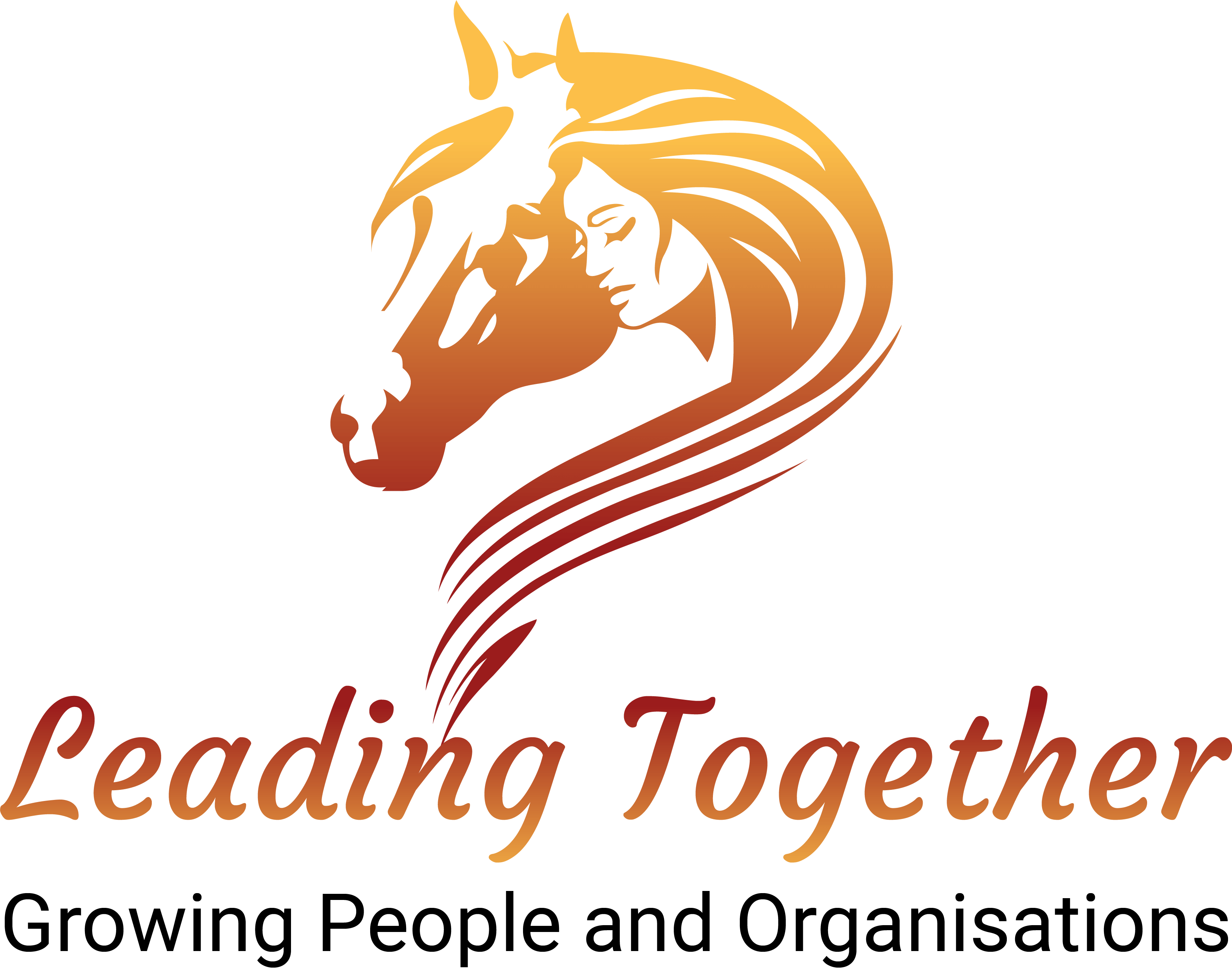The impacts of excessive stress affect your ability to lead and also your team’s performance. As a leader, it’s natural to experience a certain level of stress when managing a team. However, there’s a fine line between healthy stress and stressful leadership. When leaders become excessively stressed and create a culture of stress within their team, it can negatively impact the team’s performance and productivity.
Everyone at some point has worked under a manager who handles stress poorly. They respond by “kicking the cat”. The “kicking the cat” analogy refers to the effect of emotional contagion. Anger and anxiety pass from senior management to subordinates, from the powerful to the weak, and eventually to the bottom, the most vulnerable, who have no place to vent their anger and who then become the ultimate victims.
The impact of stressful leadership on team performance can be felt in so many different ways but none of them are helpful.
High-stress levels among leaders can lead to several negative consequences for their team members not just emotional contagion and mental health concerns but reduce the capacity and capability of the team. Below are a few ways in which stressful leadership might impact team performance:
-
Reduced Productivity
Leaders who constantly exhibit stressful behaviors may cause their team members to lose trust in their abilities. This lack of trust can then lead to reduced productivity and reduced morale. When you are in these team environments you see symptoms like the blame game, gossiping, and presenteeism. Without faith or confidence in leadership, staff will be unable to perform at their best. If the leadership is not demonstrating confidence in the vision and decisions staff themselves become unsure. Staff really struggle to be their best if they feel that leaders themselves are struggling to perform. -
Decreased Creativity
Teams that operate under high-stress environments may not be as receptive to new ideas and may lack creativity. Stressful leaders may inadvertently stifle creativity by not allowing their team members to think outside the box. -
Higher Turnover
Stressful work environments may eventually cause some team members to become burned out. This would ultimately lead to them leaving the team and even the company. High turnover can lead to lost revenue, decreased productivity, and increased employee recruitment costs. Even staff who stay in this environment generally won’t be the high performers. It is the staff who can fly under the radar and simply turn up.
Tips for Reducing Stressful Leadership
It’s important to recognize the signs of stressful leadership and work to reduce it. Here are a few tips for reducing stressful environments for your team:
-
Create transparency
Leaders should be transparent about the effects their actions might cause on their team. Open communication helps to create a positive work environment. Owning mistakes and using this space to create learning moments can not only create transparency but also provide ways to relieve some stressful moments. -
Encourage team bonding
Encourage your team to bond and create connections through events and team-building activities. Fun can relieve stress and shared stories. Connection and trust are essential ingredients for high-performing teams. Team bonding is more than just one event it is essential that this is a learned skill and one that is continued to enhance culture. -
Support autonomy and creativity
Giving team members the autonomy to make their decisions can increase creativity and lead to greater productivity. True leadership is about empowering staff to work independently and allowing them opportunities to make their own decisions and mistakes. -
Celebrate the team’s work
Recognizing and celebrating the team’s accomplishments can create a positive work environment and increase team morale.
In conclusion, it’s necessary for leaders to be mindful of how their leadership styles can influence their entire team’s dynamics. Creating an environment that is less stressful and more open can help increase the team’s performance and productivity.











0 Comments